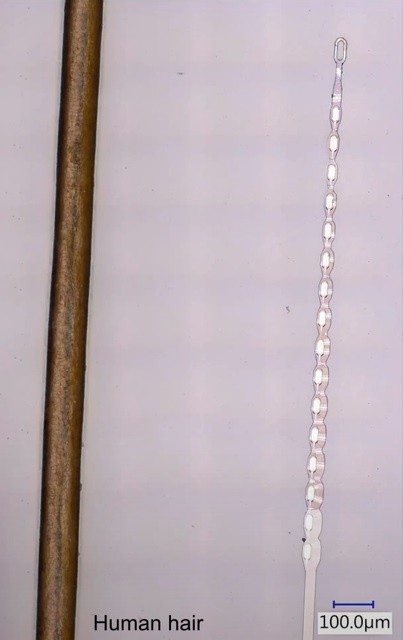Few days before drum rolls for Elon Musk' Neuralink progress update, former employees claim the demanding timelines create a "pressure cooker" working environment.
In a special report from STAT, as narrated by Daily Mail, former staff members made some revelations about the brain implant chip startup and the issues it is facing. As the billionaire is poised to fire up some neurons on August 28, they claim the progress to be reported on the event comes at a cost.

Primarily, a former employee told STAT that Neuralink was found to do surgical procedures on rats and monkeys, disregarding the risk to the animals that its system has identified. This comes before Musk is set to flaunt the firm's latest progress, which some hint to include a demo of a monkey uses its mind to move a cursor on a computer.
With just weeks to complete certain researches that take time to perfect, scientists, are constantly working on a "pressure cooker." This leads to internal conflicts as science could not keep pace with Musk's stringent schedule.

Four years since Neuralink was founded in 2016, has designed tiny flexible "threads" that are 10 times thinner than a human hair. It aims to treat brain injuries and trauma and enable symbiosis between humans and artificial intelligence (AI) in the future. Musk says such is possible within 25 years.
With the device, Neuralink aims to resolve many issues in the brain and nervous system as well as mental conditions including strokes, Alzheimer's. Musk also claims to make progress in autistic spectrum disorder, depression, and even addiction.
Neuralink's identity crisis
In May, Musk told Joe Rogan that a version will be ready for human trials within a year, and former employees said Neuralink eyes to launch the human study in China or Russia since it is difficult to proceed with a strict US regulatory process.

The implant is done by removing a small chunk of the skull and replacing it with a smartwatch-like device. A small robot stitches up the hole and connects the electrode threads to certain areas of the brain. While the 'sewing robot' costs between $10 million and $20 million, it can now be made for about $500,000.

The tech company approach to "move fast and break things" seems not working as Neuralink builds a medical device and develops a surgical approach for the medical device implant. The company's dual identity as a technology company and a medical company creates tension.
It also has a demanding culture that consistently made employees "completely overwhelmed" of the demands. This eventually leads to conflicts between neuroscientists and engineers who argued about strategies and leadership. Unfortunately, Musk would usually side with the engineers when conflicts arise, several ex-staff members told STAT.
Neuralink has not yet issued a comment on the report.
Read also: Neuralink Brain Chip Update: Elon Musk Says Neurons Will Fire Up in Real-Time on August 28
This article is owned by TechTimes.
Written by: CJ Robles
ⓒ 2025 TECHTIMES.com All rights reserved. Do not reproduce without permission.




